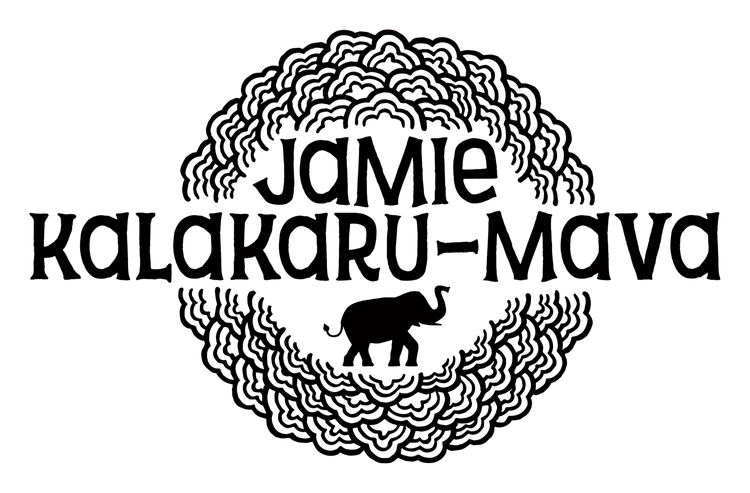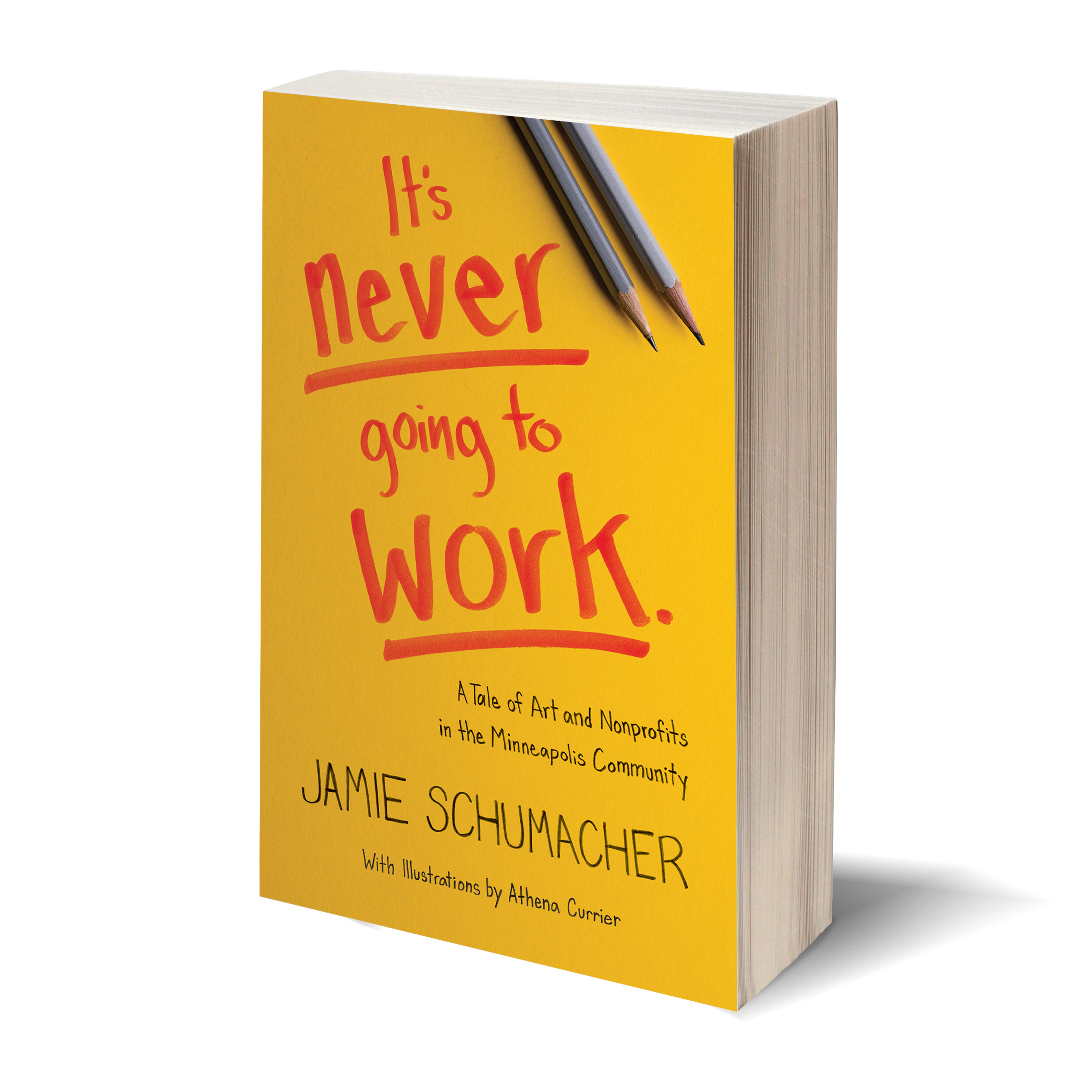SCENE 1
kelly:
So, what are you doing tomorrow? (He asks, grinning.)
jamie:
Work, why? (She responds, wondering what he is up to.)
kelly:
(Elaborating) I haven’t made that many friends out here yet. And I have tickets tomorrow to see the Danny Elfman premier at Carnegie Hall. It’s too bad you’re not in town. No chance you catch a last-minute flight out, is there?
jamie:
(Holds her breath.)
kelly:
Especially because, after the symphony premier there’s a meet-and-greet with the composer as well as the board. Danny Elfman, Wes Anderson . . . It would be fun to be able to go with you. I know you’re somebody that would appreciate the experience.
jamie:
(Shouting into the phone) What?! Are you effing kidding me?!
(A few phone calls, a few hours, and one arguably irresponsible charge to a Visa card later, Jamie finds herself on a red-eye flight to New York City.)
—— pause ——
So that you, the reader, are aware: the way this play pans out is I didn’t get to see the symphony after all. As fate would have it, we had the dates of the concert wrong, off by just a week! In the end, it didn’t matter. The trip wound up being momentous, even sans symphony, and one of the most memorable and pivotal experiences of my life.
I had missed my friend Kelly. A lot! He was one of the very first people I met in Minneapolis, painfully smart and a fellow philosophy nerd. Also a tech and music aficionado, the latter quite important in our group of friends. Our friendship transected many levels and at times was almost sibling-like: I often looked to Kelly for advice and insight, particularly on navigating the waters of Minneapolis that were still fairly new to me. But now, only a few short years after my move, he was in New York, a thousand miles away.
I had traveled to New York once before, on a family trip that included my nieces when they were very young. Manhattan being the bustling borough that it is, I found it a little stressful to navigate with a large group that included two inquisitive kiddos. Visiting family near Garrison was a better pace for our group, and I told myself I’d be quite happy not to return to the Big Apple. Years later, I’m so glad that I had the second opportunity.
With my friend busy at work during the days of my spontaneous trip, I found myself with lots of free time to navigate on my own. In my reformed opinion: New York is simply perfect for exploring solo. Being able to get from place to place on two feet and by subway was empowering, and doing it alone felt like freedom—how apropos.
My parents met in New York, my mother emigrating from Poland and my father from Sri Lanka (another story for another book). In addition to checking out some of the typical sights and sounds, I also visited some of the neighborhoods my parents talked about when I was younger. I went to Ground Zero and meditated. I went to the Tenement Museum and gave thanks for my parents’ journeys to this country, not so unlike the trips of immigrants that came to this country before them. During the evenings Kelly and I made the most of the time I had in New York, and there was no shortage of fantastic things to do. We went to see the Tim Hawkinson exhibit at the Whit and explored the rhythmic beauty of his kinetic sculptures. We went to Magnolia Bakery and got our cupcake on.
And, as fate would have it, The Gates were up in Central Park! The Gates were a series of over seven thousand vinyl “gates” of flowing, vibrantly orange fabric placed through 23 miles of pathway in Central Park. The installation was the work of Jeanne-Claude and Christo, known for their immersive sculptures.
Prior to this trip, I admit, I had not been enamored with Jeanne-Claude and Christo’s artwork, wondering to myself: because something is big, does that make it art? As I walked outside with Kelly, the fabric flowing with the breeze, the realization set in. With thousands of others, we walked through the pathways of Central Park, familiar to many yet now transformed by the vibrant fabric. A woman in front of us chatted with her daughter about art and why the artists chose New York for this exhibit. Behind us, a couple planned a trip. And it hit me: what we were trying to do at Altered Esthetics was happening here, in a dynamic way. Art is a dialogue, and it is often as much about the experience as it is about the work of art itself. I did not see the critical component of this artwork as the gates alone, or even the fabric. Rather, it was the whimsical experience they created, the space, and the dialogue of the viewers. The installation and my experience within it was transformative. As a participant, I finally understood and appreciated what others had long adored about the artwork of Jeanne-Claude and Christo.
The gates were conceptualized in 1979, the year I was born!
Much like the quick weekend trip I had made to Minneapolis a few years before, this spontaneous travel allowed me the opportunity for reflection. After I visited the Tenement Museum, I sat for several hours in a cafe nearby. I wrote about my family’s experience, spent some time contemplating Altered Esthetics, and pondered my next steps. In that space I sketched out a plan for the gallery, along with my thoughts on our values as a community space. How would the welcoming culture of the gallery continue? How would things look without me, and how could we sustain the practice?
As a sole proprietorship, things existed with me and me alone. If anything happened to me, the gallery would not have a legal structure with which to operate. While we weren’t saving lives, it seemed a shame to lose what had become a community resource. And while I never started Altered Esthetics with the thought I’d be there forever, I didn’t want it to fade away. I wanted to build something that could stand on its own, and a sole proprietorship was certainly not that. Our transparent operations and community focus seemed to translate well to the nonprofit structure. Plus, as a 501(c)(3) we could avail ourselves of grant funding and opportunities that would help our programs along and provide more support to the artists with whom we were working.
I charted out the steps I needed to take to make it happen and the nonprofit model I hoped for us to form. I wrote reminders to myself on the importance of dialogue and meditated on how I could work to nurture that kind of community back home in Minneapolis after I returned.
Though the trip didn’t unfold as I had anticipated, it was a positive lesson for me and one I carry with me still. It’s important to remain open to the possibilities the universe presents and take advantage of them when they are shown to you. While you might not always wind up on the trip you set out to take, you will probably go on the trip you needed.
This post is adapted from It’s Never Going To Work: A Tale of Art and Nonprofits in the Minneapolis Community with illustrations by Athena Currier. Post graphics by Jamie Schumacher. ©2018 Jamie Schumacher.
It’s Never Going To Work is a light-hearted, illustrated book that offers real-life insights on founding a community space and nonprofit. It provides tools, tips, resources, and camaraderie to community organizers and anybody attempting something new.



